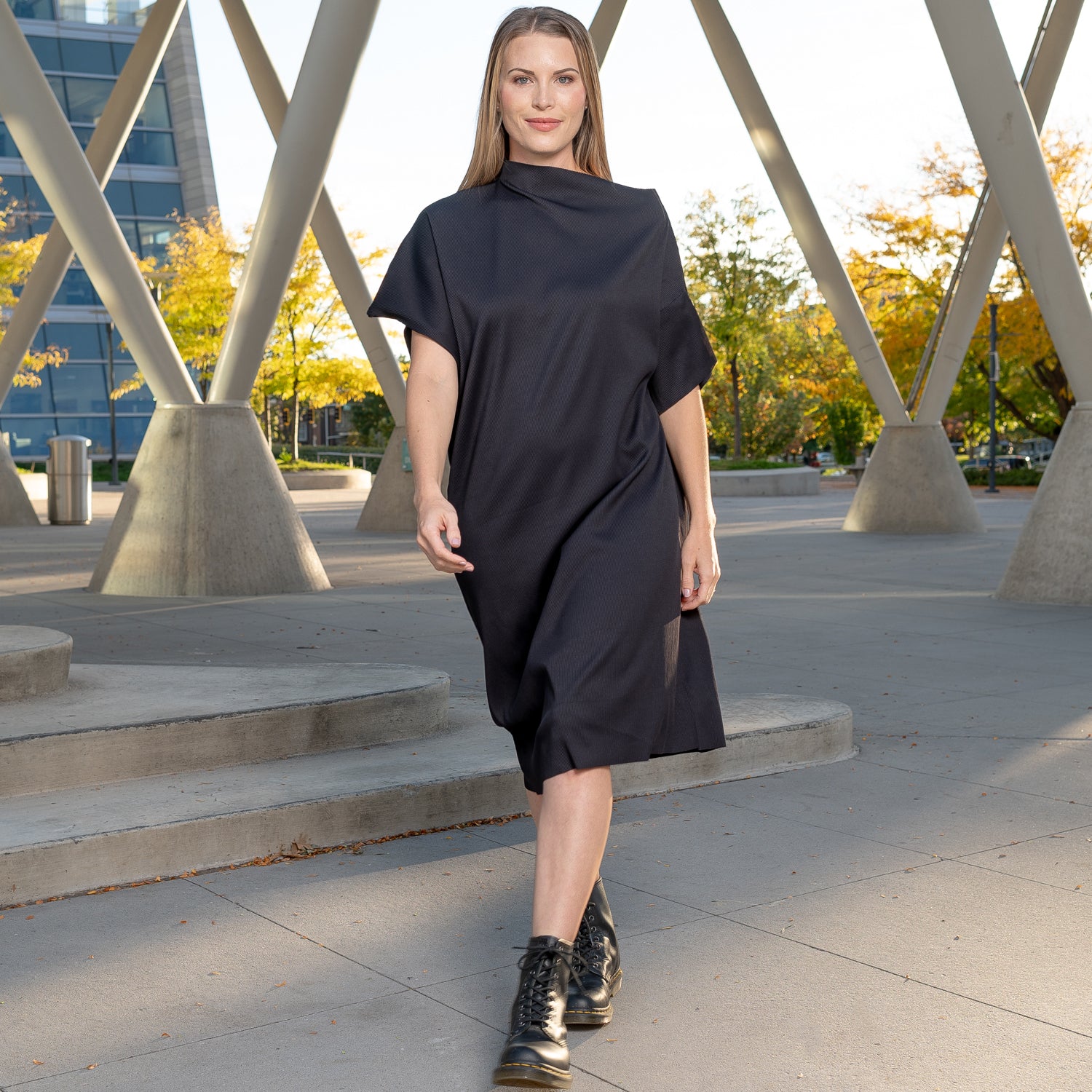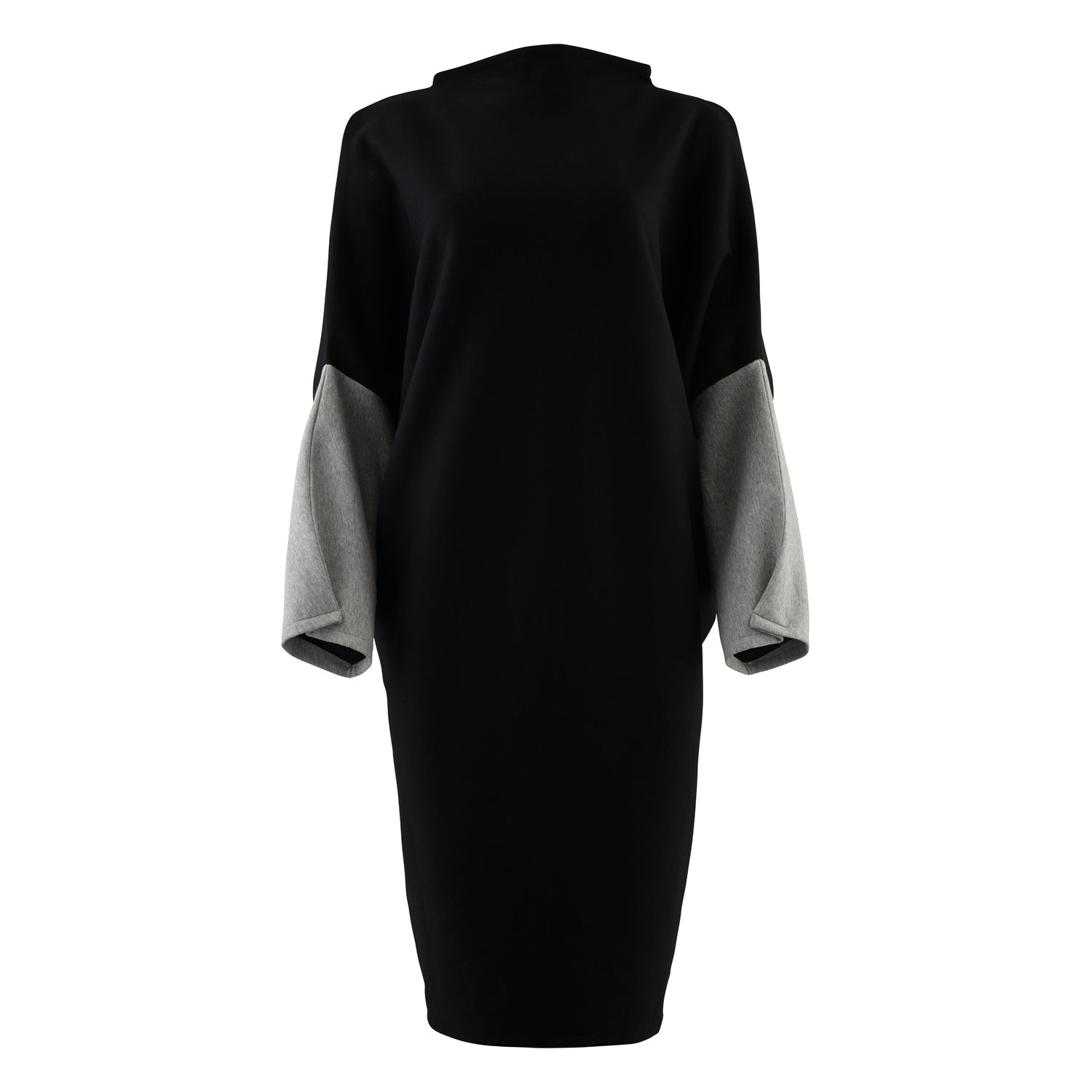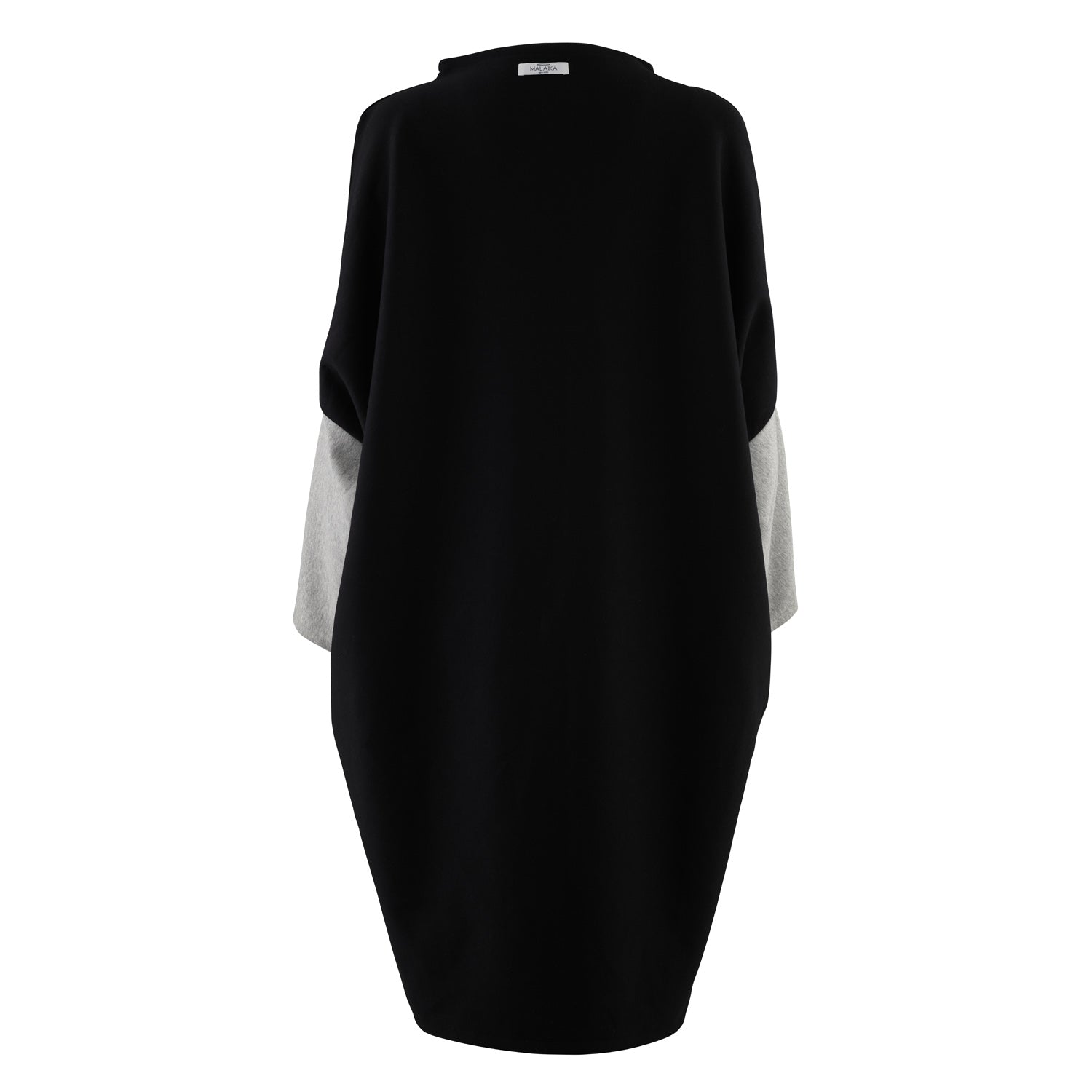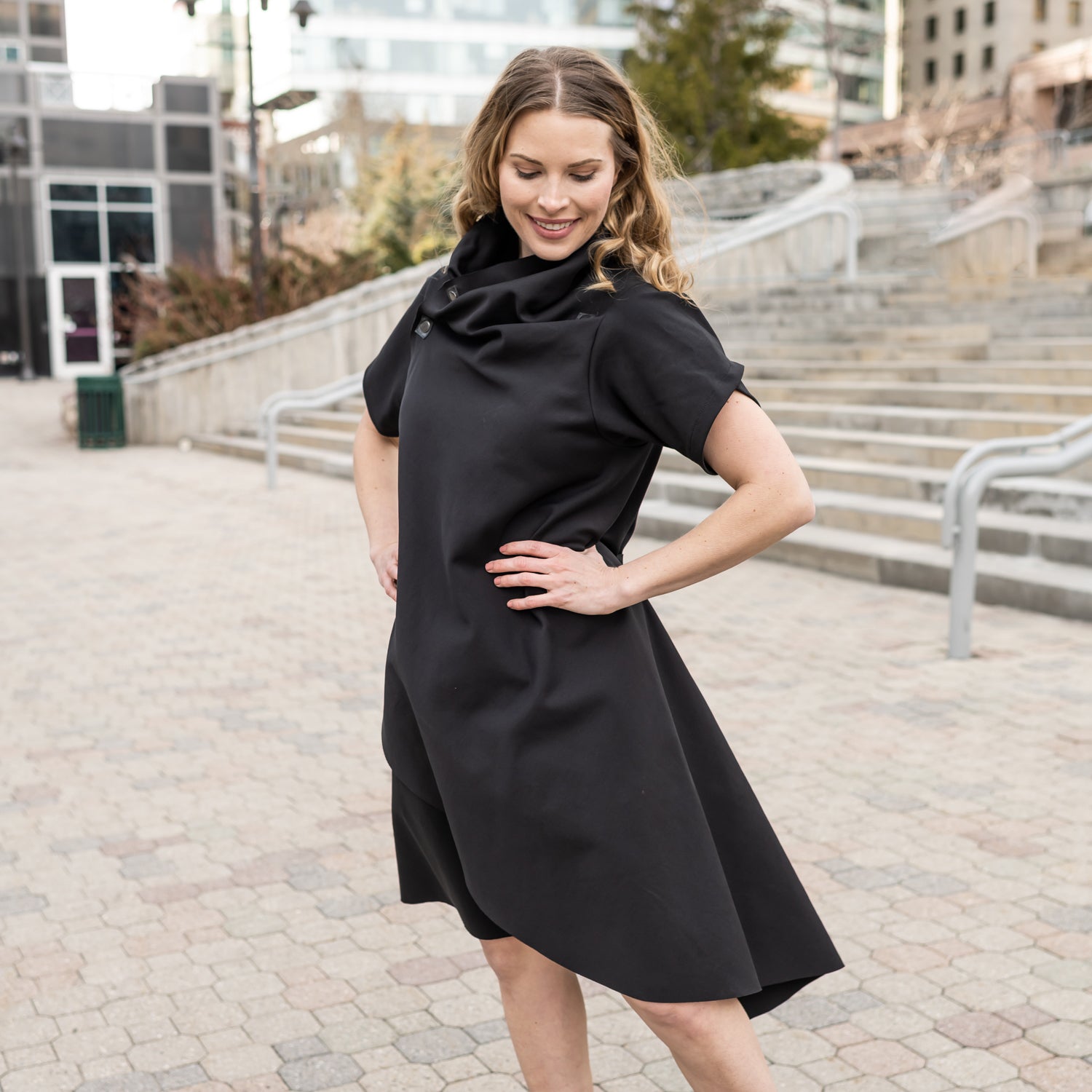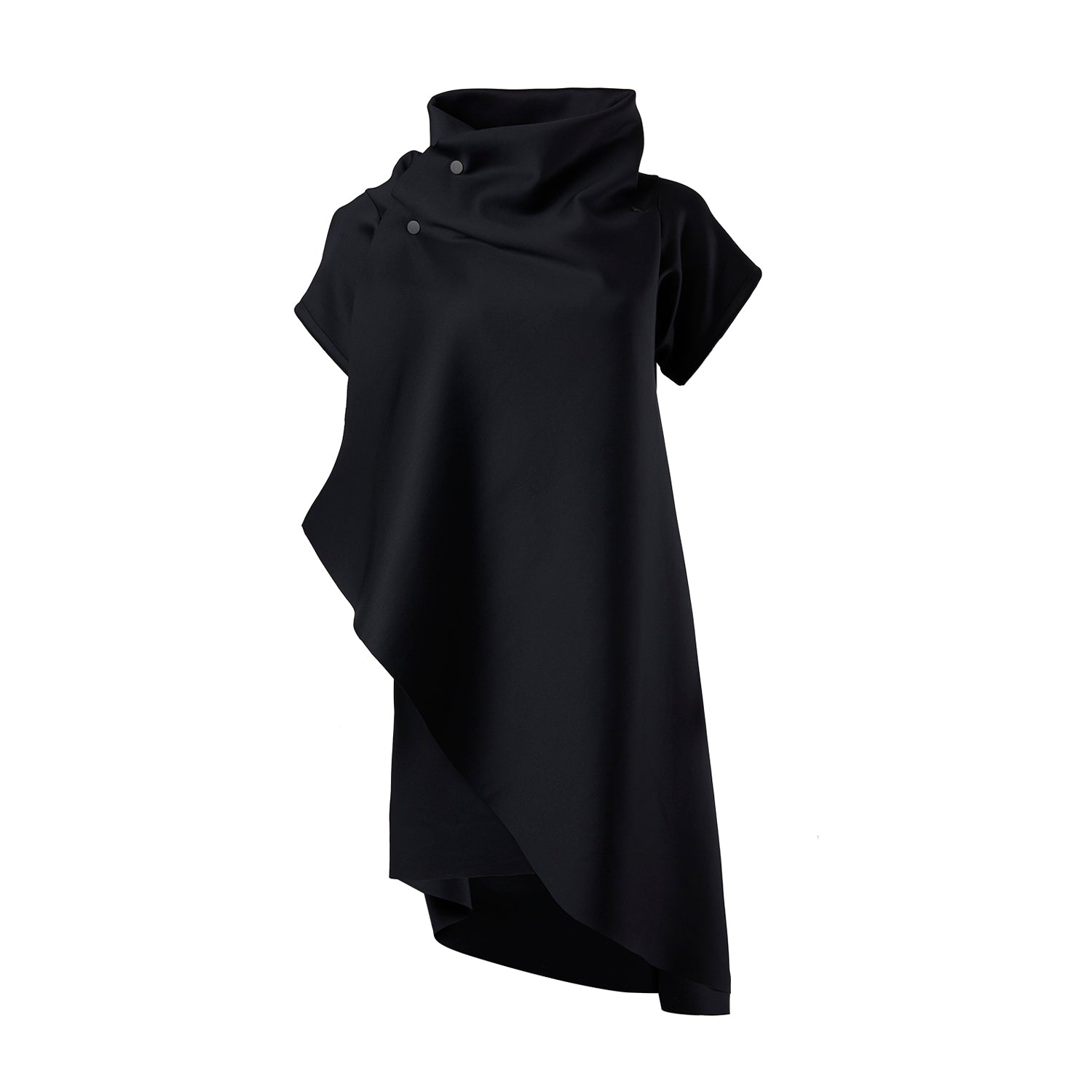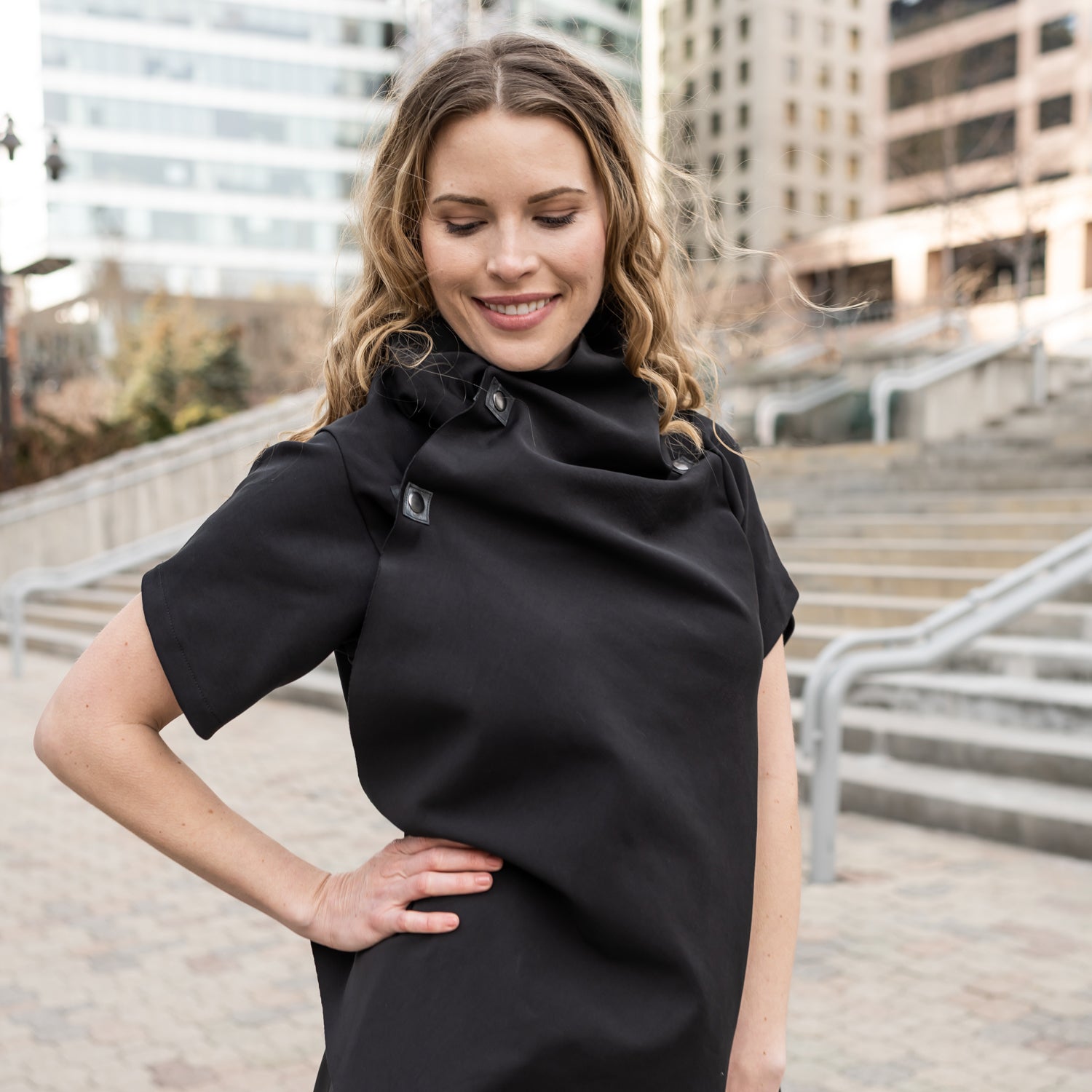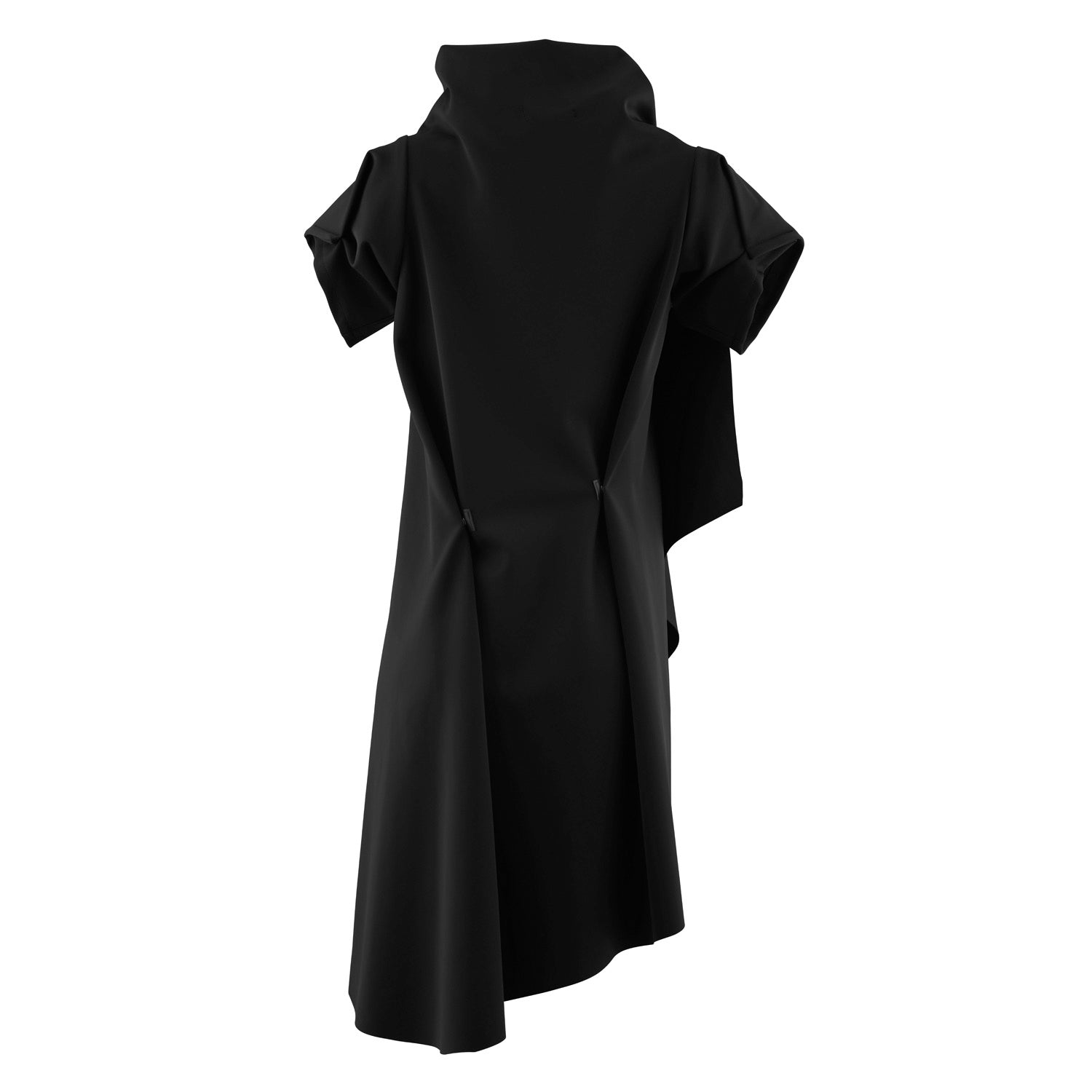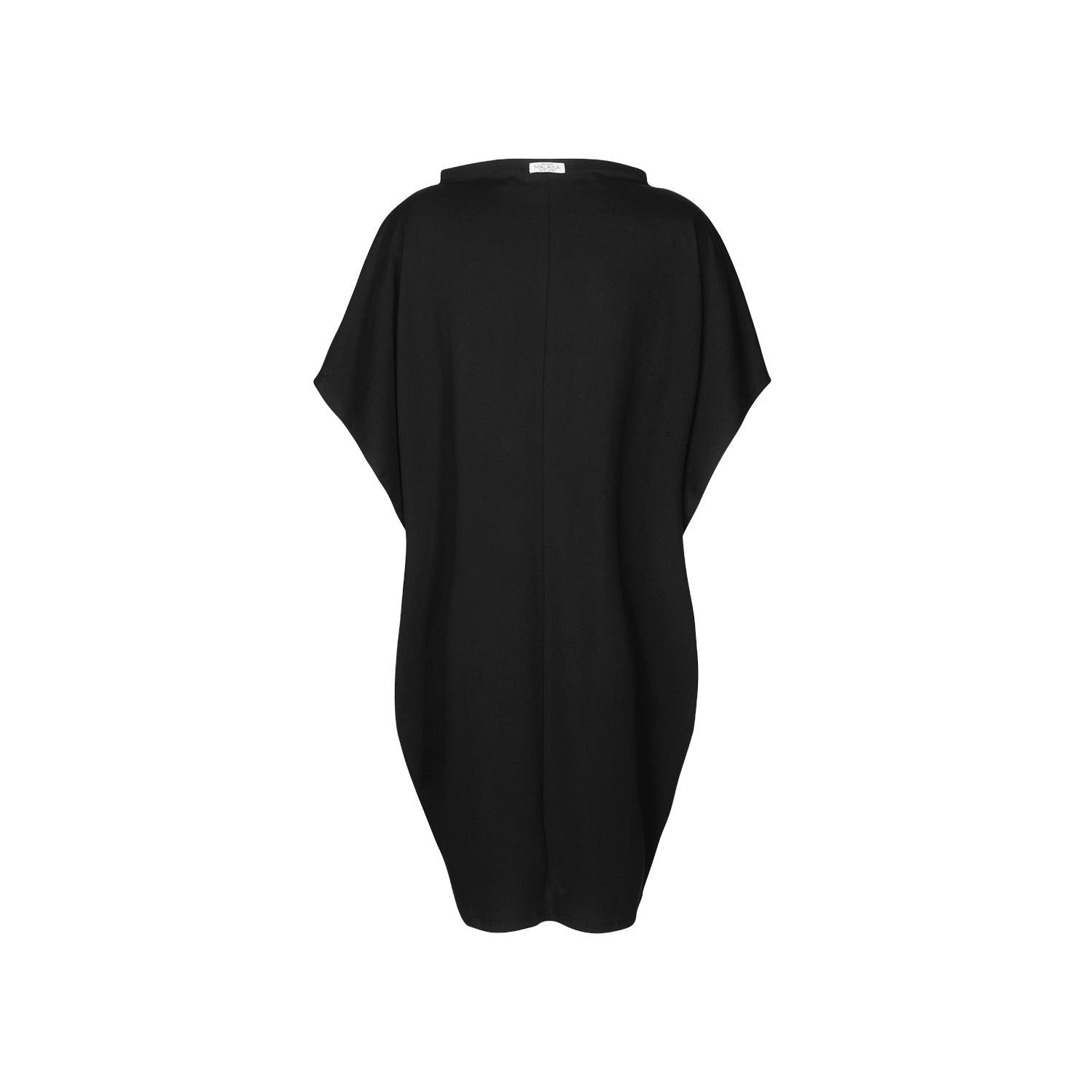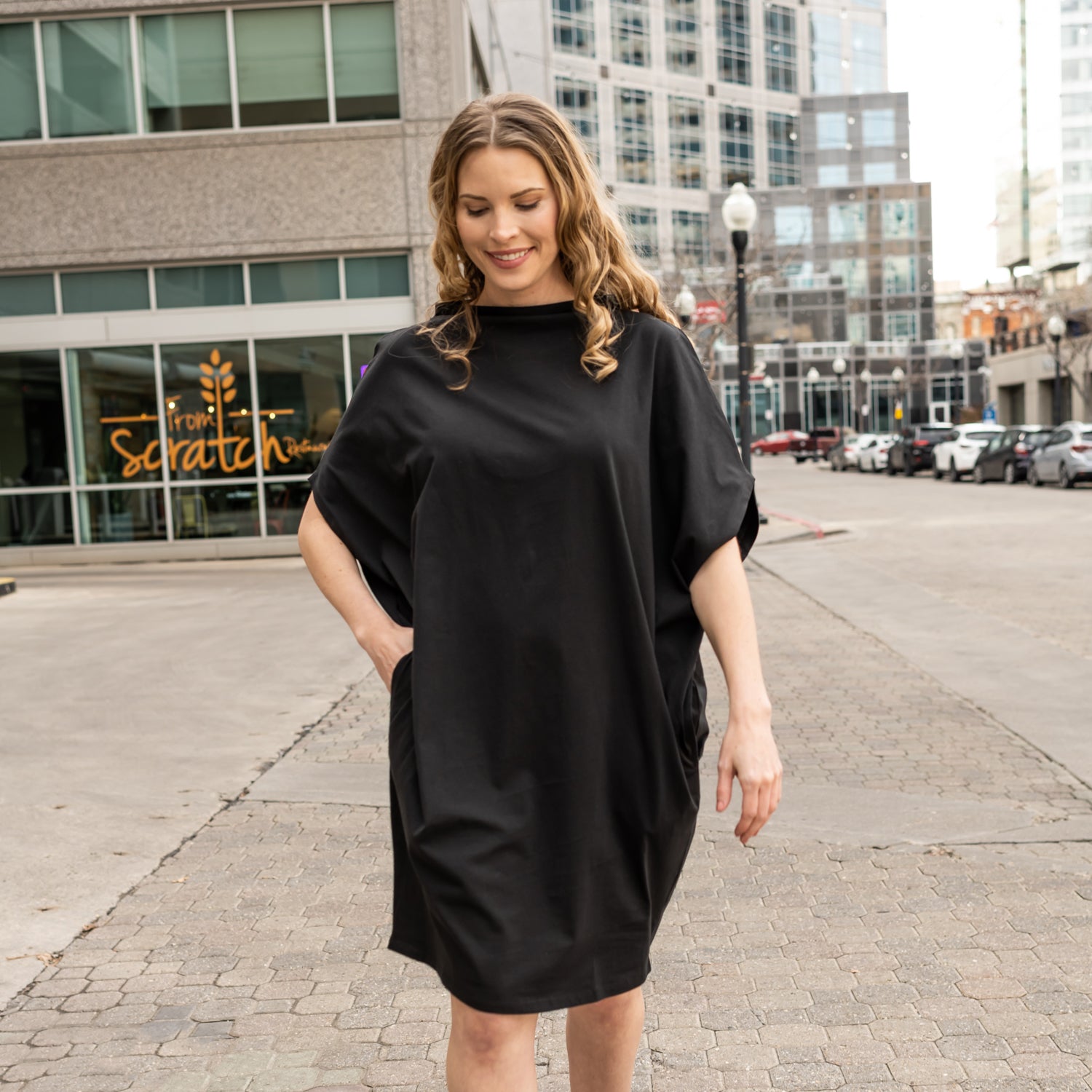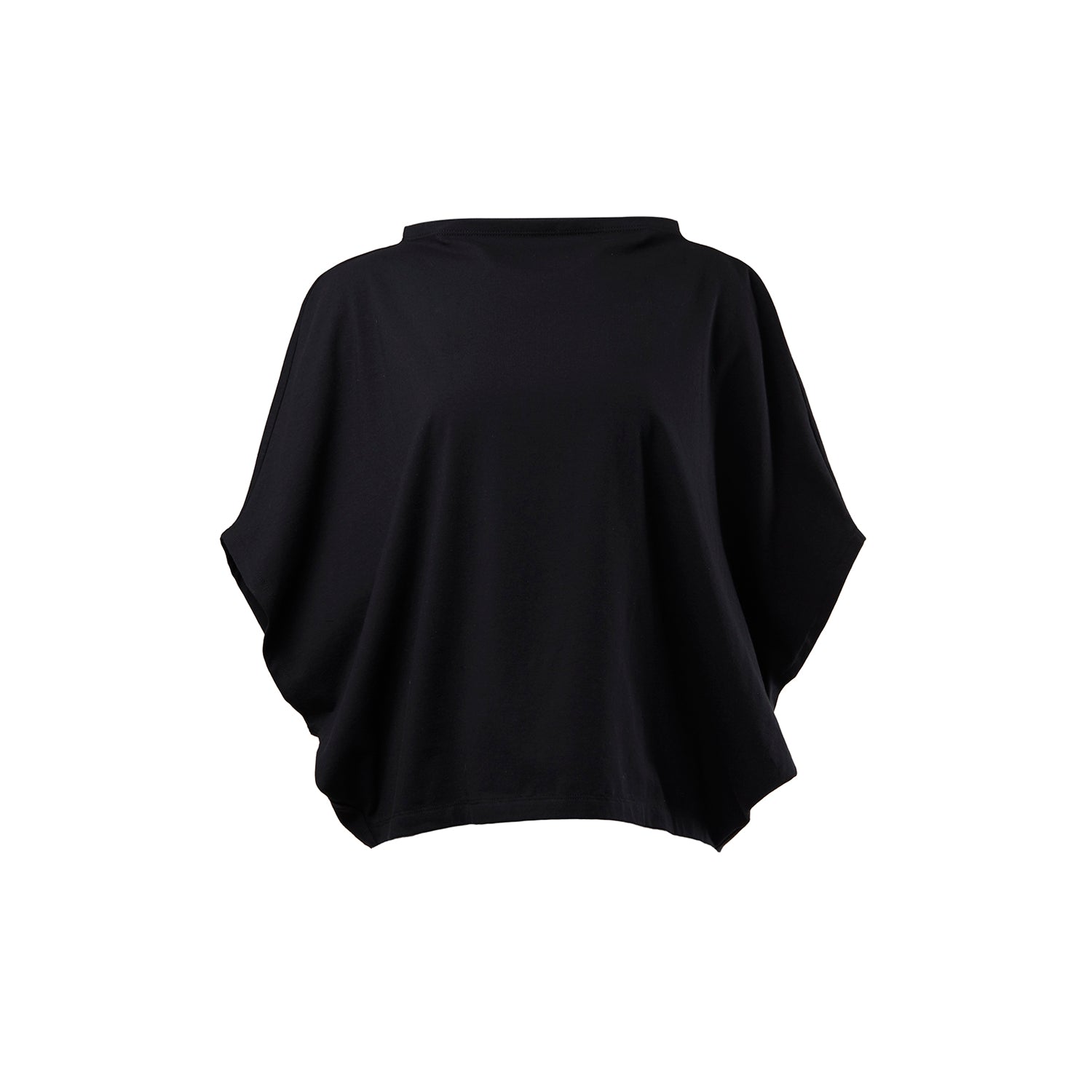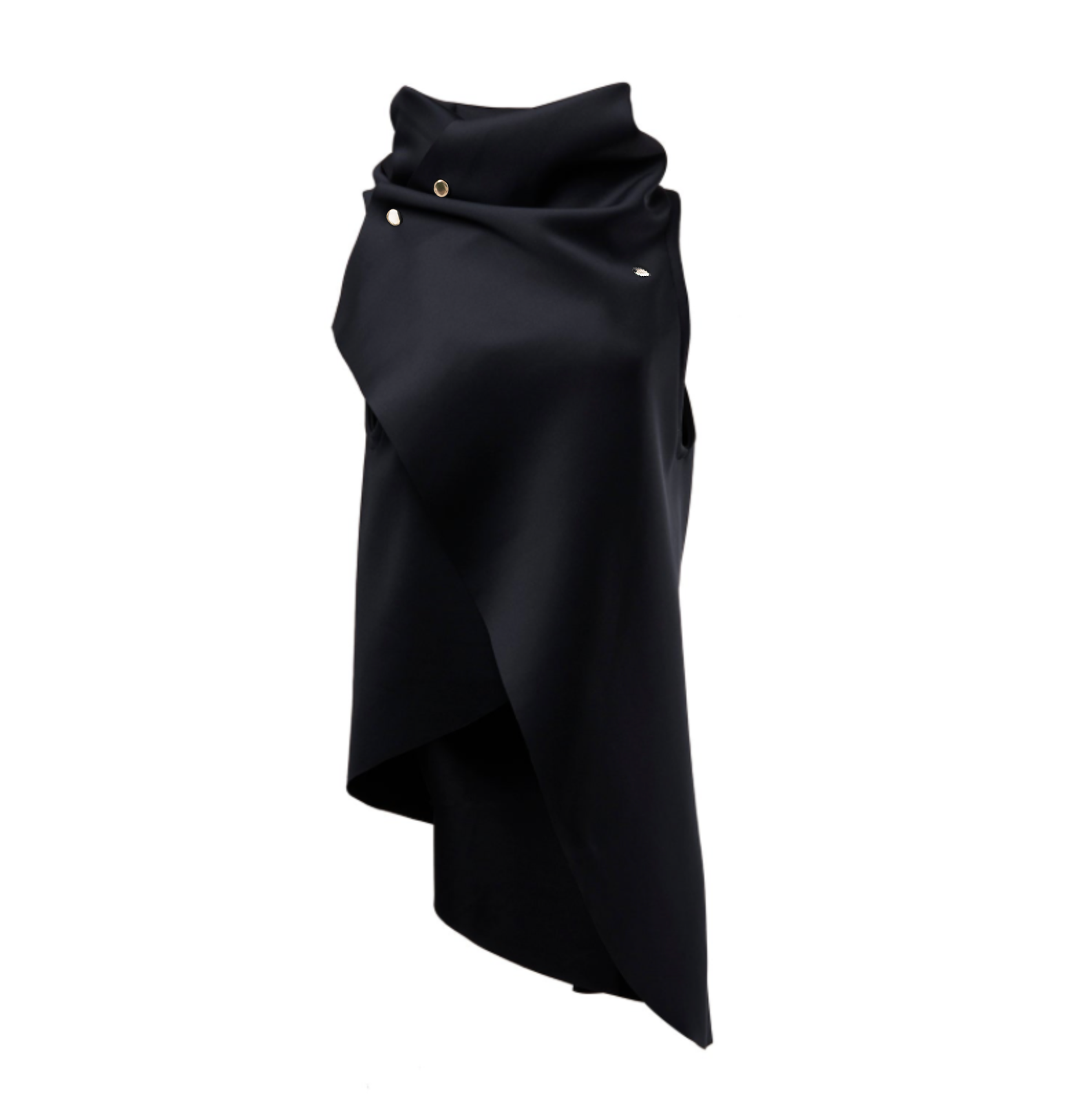Discover the damaging reality of fast fashion: a relatively new phenomenon wreaking have on our planet, exploiting workers, and harming animals. Learn why it's crucial to steer clear whenever possible.
Fashion's Tragic Reality Check
In the past, clothes shopping was an occasional event, tied to changing seasons or outgrowing garments. However, approximately 20 years ago, the landscape transformed. Clothes became cheaper, fashion cycles accelerated, and shopping turned into a hobby. This marked the rise of fast fashion and the global chains that now dominate our high streets and online platforms. But what exactly is fast fashion? Why is it so detrimental? And how does it impact people, the environment, and animals?
Unveiling the Truth Behind Fast Fashion
Fast fashion refers to inexpensive, trendy clothing that quickly replicates ideas from the runway or celebrity culture, flooding high street stores to meet consumer demands. The goal is to bring the latest styles to the market as rapidly as possible, allowing shoppers to snatch them up during their peak popularity and discard them after only a few wears. This mentality reinforces the notion that repeating outfits is a fashion faux pas, pressuring individuals to embrace the latest trends as they emerge. Unfortunately, fast fashion plays a major role in the toxic cycle of overproduction and overconsumption, making the fashion industry one of the world's largest polluters. Before we can address these issues, let's delve into the history.
The Rise of Fast Fashion
To comprehend the origins of fast fashion, we need to rewind a bit. Before the 1800s, fashion unfolded slowly. Individuals had to source their materials like wool or leather, prepare and weave them, and then fashion their clothes.
The Industrial Revolution introduced new technologies, such as the sewing machine, which revolutionized clothing production, making it easier, faster, and cheaper. Dressmaking shops emerged to cater to the growing middle class.
Many of these dressmaking shops employed garment workers or home workers, leading to the rise of sweatshops and safety concerns. The Triangle Shirtwaist Factory fire in New York in 1911, where 146 garment workers lost their lives, marked the first major garment factory disaster, mostly affecting young female immigrants.
In the 1960s and 70s, young people began creating new trends, and clothing became a form of personal expression. However, a clear distinction remained between high fashion and high street fashion.
In the late 1990s and 2000s, low-cost fashion reached its pinnacle. Online shopping gained popularity, and fast fashion retailers like H&M, Zara, and Topshop took over high streets worldwide. These brands rapidly reproduced looks and design elements from top fashion houses, making them accessible and affordable to the masses. The convenience of shopping for trendy clothes at any time fueled the phenomenon's rapid expansion.
Identifying Fast Fashion Brands Several key characteristics define fast fashion brands:
- Vast collections that encompass the latest trends.
- Minimal time between the appearance of a trend or garment on the runway or in celebrity media and its availability in stores.
- Offshore manufacturing in low-wage regions, employing workers with inadequate rights, safety measures, and complex supply chains with limited transparency beyond the initial tier.
- Limited quantities of specific garments. This concept was pioneered by Zara, with new stock arriving in stores every few days, creating a sense of urgency for consumers to purchase items they like.
- Utilization of cheap, low-quality materials like polyester, resulting in clothes degrading after only a few wears and being discarded. Additionally, these materials contribute to microfiber shedding, exacerbating the issue of plastic pollution in our oceans.
Understanding the Detriments of Fast Fashion
- Environmental Pollution: Fast fashion exerts a monumental toll on the planet. The constant drive to reduce costs and accelerate production leads to environmental shortcuts. The industry's use of cheap, toxic textile dyes ranks it among the world's largest contributors to water pollution, alongside agriculture. Greenpeace's detoxing fashion campaigns have pressured brands to eliminate hazardous chemicals from their supply chains.
Cheap textiles further exacerbate the problem. Polyester, a popular fabric, derives from fossil fuels, contributing to global warming and shedding microfibers that contaminate our oceans when washed. Even "natural" fabrics pose challenges when produced at the scale demanded by fast fashion. Conventional cotton, for instance, requires vast amounts of water and pesticides, resulting in drought risks, water basin stress, and resource competition between companies and local communities.
The rapid pace of garment production leads to increased environmental stressors such as land clearing, biodiversity loss, and soil degradation. The processing of leather also harms the environment, with every 900kg of animal hides tanned requiring an addition of 300kg of chemicals.
The speed of production also contributes to a significant textile waste problem. In Australia alone, over 500 million kilograms of unwanted clothing end up in landfills annually, perpetuating the cycle of waste.
-
Exploitation of Workers: Beyond the environmental cost, fast fashion takes a human toll. Garment workers endure dangerous working conditions, low wages, and a lack of fundamental human rights. Down the supply chain, farmers often work with toxic chemicals and face brutal practices, leading to severe impacts on their physical and mental well-being, as showcased in the documentary "The True Cost."
-
Harm to Animals: Animals are not spared from the harmful effects of fast fashion. In the wild, toxic dyes and microfibers contaminate waterways and subsequently enter the food chain, posing devastating consequences for both land and marine life. Additionally, when animal products such as leather, fur, and wool are used directly in fashion, animal welfare is compromised. Shocking scandals have revealed that real fur, including cat and dog fur, is often mislabeled as faux fur, deceiving unsuspecting shoppers. The abundance of fur produced under deplorable conditions in fur farms has made it cheaper to produce and purchase than its faux alternatives.
-
Coercive Consumer Culture: Fast fashion also influences consumers themselves, fostering a "throw-away" culture due to the built-in obsolescence of products and the rapid emergence of new trends. The industry cultivates the belief that continuous shopping is necessary to stay fashionable, creating a perpetual sense of need and ultimate dissatisfaction. The trend has faced criticism regarding intellectual property infringement, with designers alleging that retailers illegally mass-produce their designs.
Major Players in the Fast Fashion Industry Prominent fast fashion retailers such as Zara and H&M originated as smaller shops in Europe during the 1950s. H&M, founded in Sweden as Hennes in 1947, expanded to London in 1976 and reached the United States in 2000.
Zara, which opened its first store in Northern Spain in 1975, gained prominence in the early 1990s, with its rapid design-to-store strategy coining the term "fast fashion" by The New York Times. Other notable fast fashion brands today include UNIQLO, GAP, Primark, and TopShop. However, even faster and cheaper alternatives like SHEIN, Missguided, Forever 21, Zaful, Boohoo, and Fashion Nova have emerged, known as ultra-fast fashion—a recent phenomenon that matches its negative implications.
Towards a Greener Fast Fashion Industry? As consumers increasingly recognize the true cost of the fashion industry, including fast fashion, retailers have begun introducing initiatives labeled as sustainable and ethical fashion, such as in-store recycling schemes. These programs allow customers to deposit unwanted items in designated bins within the brands' stores. However, it is crucial to note that only 0.1% of all clothing collected through these programs is recycled into new textile fibers.
The fundamental issue with fast fashion lies in its rapid production, which places immense pressure on both people and the environment. Recycling efforts and the introduction of small eco-friendly or vegan clothing lines, while valuable, are insufficient to counteract the throw-away culture, waste, resource strain, and other issues associated with fast fashion. A complete systemic change is necessary.
Is Fast Fashion Declining?
Signs of change are emerging in the fashion industry. The anniversary of the Rana Plaza collapse has transformed into Fashion Revolution Week, where people worldwide raise questions about the origin and composition of their clothes. Fashion Revolution advocates against exploiting people and harming the planet.
Millennials and Gen Z, who drive the future economy, appear less susceptible to the allure of fast fashion. Some argue that these generations have grown more conscious, forcing producers to adopt ethical, inclusive, and liberal practices. However, ultra-fast fashion brands like SHEIN continue to thrive, targeting these young consumers.
There is also a growing interest in transitioning to a more circular textile production model, prioritizing material reuse whenever possible. Major publications like Vogue Australia and Elle UK have dedicated entire magazine issues to sustainable fashion, a trend embraced by more prominent names each year.
What Can We Do? At Malaika New York, we embrace the words of British designer Vivienne Westwood: "buy less, choose well, make it last."
-
Buying Less: Start by rediscovering and restyling the clothes you already own. Transform old jeans into trendy unhemmed shorts or repurpose a baggy jumper into a fashionable crop top. Consider creating a capsule wardrobe as part of your ethical fashion journey.
-
Choose Well: Prioritize high-quality garments made from eco-friendly fabrics. While all fiber types have pros and cons, we have chosen the best fabrics towards longevity & comfiness. Choosing well can also mean prioritizing shopping from your closet, buying second-hand items, or supporting sustainable brands like us at Malaika New York.
-
Make It Last: Properly care for your clothes by following the care instructions, wearing them until they are worn out, repairing them when possible, and responsibly recycling them at the end of their life cycle.
Read about how to build your own capsule collection here.
Want to stay in the know all things sustainable fashion make sure to sign up here and get 15% off on your very first order.




